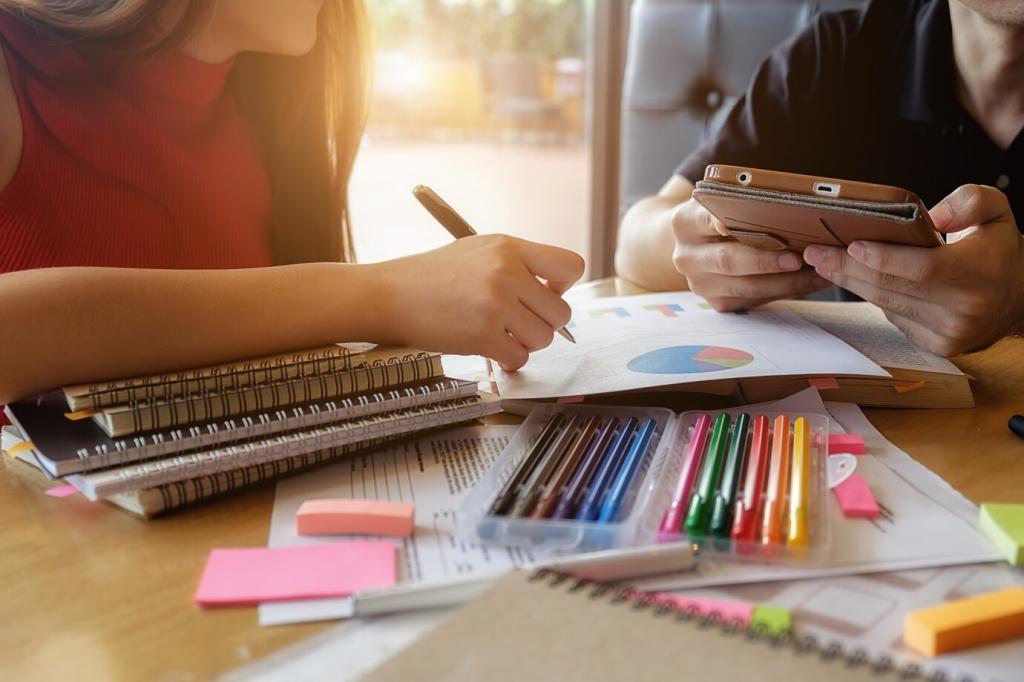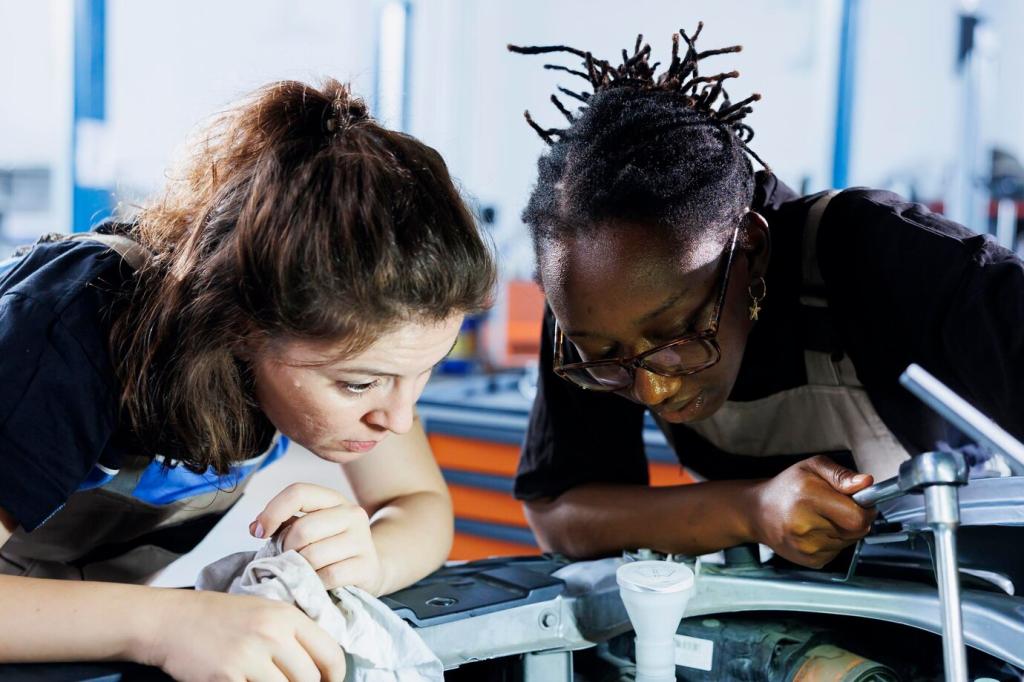Blended Learning with Station Rotations
Curate three linked articles with guiding hotspots: vocabulary to decode, data to chart, and a culture or science connection. Students annotate key claims and flag uncertainties. Post your favorite exploratory prompt in the comments to help others kickstart discovery.
Blended Learning with Station Rotations
Students translate article insights into artifacts: comparison charts, one‑minute podcasts, or illustrated timelines, each with citations. Provide a rubric emphasizing clarity, accuracy, and voice. Want our editable templates? Subscribe for the free set tailored to encyclopedia-based projects.







